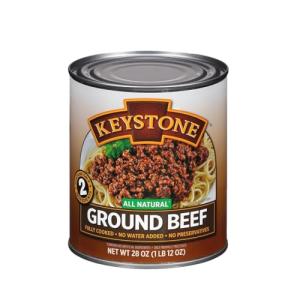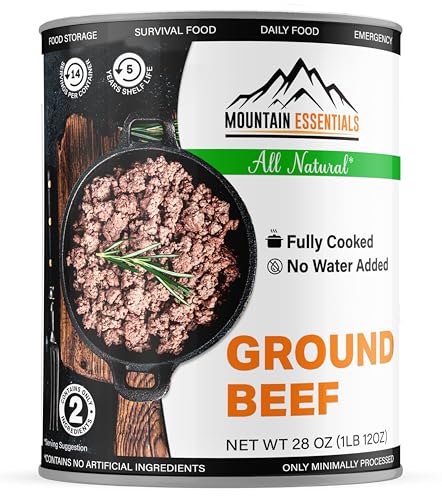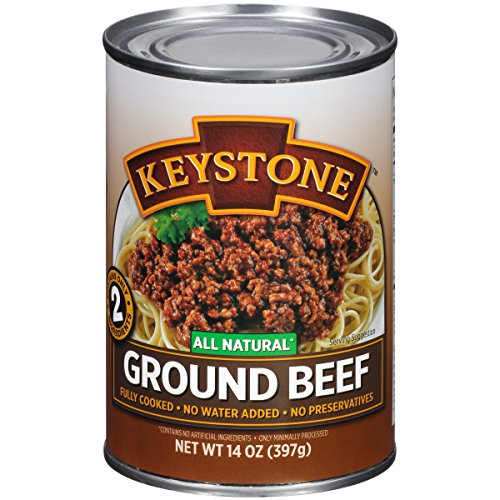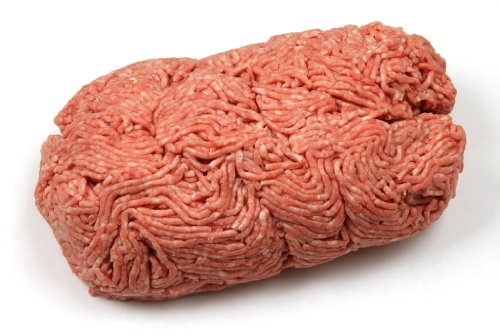When it comes to beef, there’s a big debate between grass fed beef and grain fed beef. Lots of people swear by grass fed for its health benefits, flavor, and how the cattle are raised. Let's break down the key differences.
Grass fed beef comes from cattle that eat a natural diet of grass and forage. This diet leads to leaner meat with less overall fat. Many folks love the taste – it has a distinct flavor that's often described as earthy and rich. Plus, because the cattle graze outside, you know they’re living in a more natural environment.
On the flip side, grain fed beef typically comes from cows that eat a diet packed with grains like corn. This tends to create marbled meat that’s juicy and tender. Some people prefer the taste of grain fed because it can be more buttery. But if you’re looking for a healthier option, grass fed has the edge. It usually offers higher levels of Omega-3 fatty acids and antioxidants.
Another factor to consider is sustainability. Grass fed beef supports more traditional farming methods, which can be better for the environment. You’ll find that many grass fed beef producers prioritize animal welfare and the health of their land. That’s a win-win in my book!
Nutritional Perks of Grass Fed Beef
Grass Fed Beef comes with some pretty impressive nutritional benefits. If you're looking for a healthier option, this is definitely a game changer. It’s packed with nutrients that you just don’t find in traditional grain-fed beef. For starters, it has higher levels of omega-3 fatty acids, which are great for your heart and brain. Plus, if you're into keeping inflammation at bay, omega-3s are the way to go.
Another perk? Grass Fed Beef contains more vitamins. You’ll find higher levels of vitamin E and B vitamins compared to grain-fed options. These vitamins play a key role in energy production and keeping your skin healthy. Who doesn’t want that? Eating Grass Fed Beef can give your body a nice boost of essential nutrients without adding any unnecessary extras.
Protein lovers will appreciate that Grass Fed Beef offers leaner cuts. It tends to have less fat than grain-fed counterparts. This makes it a fantastic option for anyone trying to cut down on saturated fats while still getting their protein fix. You’ve got the flavor you love but without the added guilt. Plus, the taste? It’s richer and more robust, which makes each bite a little celebration.
Don’t forget about the environmental angle, too. Grass-fed cattle usually have a more natural diet, and that’s better for the planet. While this isn’t purely a nutritional benefit, it’s nice to know that what you’re eating supports healthier farming practices. So, by choosing Grass Fed Beef, you’re not just boosting your own health; you’re also taking care of the earth a bit more.
Grumpy Butcher Wagyu Beef Short Ribs, 4 pack
Indulge in the unrivaled tenderness of Grumpy Butcher Wagyu Beef Short Ribs with this 4-pack
Product information
Product Review Score
4.97 out of 5 stars
158 reviewsProduct links
Environmental Impact of Grass Fed Beef
Grass Fed Beef isn’t just a tasty option; it also comes with some cool benefits for the environment. One major perk is its ability to help with soil health. Grass-fed cattle graze on natural pastures, which means they actually help maintain the land. Their grazing habits encourage plant growth, and that’s great for keeping the soil rich and full of nutrients.
Another important point is that Grass Fed Beef typically has a smaller carbon footprint compared to grain-fed options. When cattle spend their lives on pasture, they contribute less to greenhouse gas emissions. This method also reduces the need for chemical fertilizers that can harm the environment.
Plus, grass-fed farms often promote biodiversity. By allowing animals to roam freely and graze, these farms support a variety of plants and wildlife. This way of raising cattle allows farmers to work in harmony with nature instead of against it.
If you're looking for a beef option that's kinder to the planet, Grass Fed Beef really stands out. It not only tastes good but also helps in promoting a healthier ecosystem. Making the switch to grass-fed beef can be a simple step towards making more environmentally friendly choices in your diet.
Omaha Steaks Beef Freezer Filler Package
Stock up your freezer with a delicious variety of premium beef cuts for tasty meals any night
Product information
$129.99
Product Review Score
4.98 out of 5 stars
113 reviewsProduct links
How to Cook Grass Fed Beef Right
Cooking grass fed beef doesn’t have to be complicated. In fact, it can be pretty straightforward if you keep a few key tips in mind. Since grass fed beef tends to be leaner than conventional beef, it cooks a bit differently. Here’s how to get the best flavor and tenderness out of it.
First off, always start with quality meat. Choose grass fed beef from a trusted source. Look for a rich red color and a good amount of marbling. A little fat will help keep it juicy as it cooks. Once you've got your beef, take it out of the fridge about 30 minutes before cooking to let it come to room temperature. This step makes a big difference!
Next, season simply. Grass fed beef has a natural flavor that shines through best with minimal seasoning. A sprinkle of salt and pepper is often enough. If you want to get adventurous, toss in some garlic or herbs. Just keep it simple, and you’ll still taste the beef's richness.
When cooking, don't rush it. Whether you're grilling, pan-searing, or roasting, cooking on lower heat helps prevent it from drying out. Aim for medium-rare to medium doneness. Use a meat thermometer to check the internal temperature, which should be around 130-145°F. And remember to let it rest for about 5-10 minutes after cooking. This helps the juices redistribute, keeping the meat succulent and tender.
Don't forget about pairing it up! Grass fed beef goes great with roasted veggies, a fresh salad, or some garlic mashed potatoes. Enjoy your meal and savor the rich, hearty flavors that grass fed beef offers!






